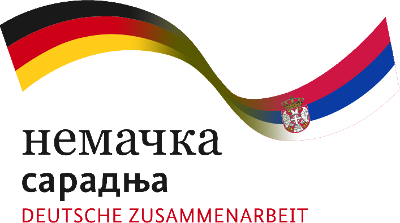13 December 2019
New report casts light on how energy efficiency can be improved to meet EU Green Deal goals
The recently revealed EU Green Deal and climate neutrality target (by 2050) are in line with the Paris Agreement goals. However, energy efficiency (EE) and smart energy systems hold even more potential that is yet to be exploited.
A new report entitled “Towards a decarbonised heating and cooling sector in Europe - Unlocking the potential of energy efficiency and district energy,” published on 5 December 2019, demonstrates that district heating and cooling can improve EE and integrate more renewable energy, resulting in a lower-cost, fully decarbonised heating and cooling sector in Europe. It creates a detailed roadmap with policy measures and investments needed for exploiting the full potential of EE.
Based on the Heat Roadmap Europe project, the report elaborates an investment roadmap and policy recommendations to implement a cost-efficient and sustainable energy system scenario for 2050. To reach a fully decarbonised energy system in 2050, it is essential to establish many new district heating systems now, with a significant expansion within the next ten years. This report stresses the urgency of immediate action and that the re-design of energy systems requires long-term strategic energy planning.
It is necessary to maintain long-term goals and translate those into actionable steps, such as investment levels, new capacity targets, EE targets and more. As district energy solutions are cost-effective in the long run, but capital intensive upfront, reliable data and detailed knowledge for long-term planning are critical, especially that which considers developments in heat demand, the building stock and availability of heat sources. The methods and research for such efforts are available – thus, both the Energy Efficiency Directive and the Renewable Energy Directive should promote and encourage comprehensive data collection infrastructure and methodology to help Member States and local authorities to plan and carry out a heating transition.
“Net zero emissions in Europe is certainly achievable technically and economically. It does however require political changes in regulation. Our research shows that we need more than 21,500 new district heating systems in Europe and a massive billion-euro investment in better buildings by 2050. I hope the new Commission with Ursula von der Leyen in charge will make Smart Energy Systems that couple electricity, heat and gas grids a core part of Europe’s Green Deal,” says Brian Vad Mathiesen, Professor in Energy Planning and Renewable Energy Systems at Aalborg University.
The EU Horizon 2020 projects THERMOS and KeepWarm, in which ICLEI Europe is a partner, are putting this vision into practice already. “Policy-makers can be assured that climate neutrality is not primarily a technological challenge, but an organisational one. Local and national authorities have to plan and implement thermal networks much faster in order to make the sustainable energy system as cost-efficient as possible for the citizens and industry alike,” explains Carsten Rothballer, Energy and Climate Coordinator at ICLEI Europe.
THERMOS has launched a free software to enable sophisticated thermal energy system planning rapidly and cheaply, while KeepWarm modernises District Heating Systems in Central and Eastern Europe and reduces greenhouse gas emissions by improving system operations and promoting a switch to renewables. These, in addition to the new Heat Roadmap Europe report, are useful resources to enhance heating and cooling systems and accelerate the energy transition.
For more information, click here.
Taken at COP25 in Madrid (Spain) (ICLEI Europe)



